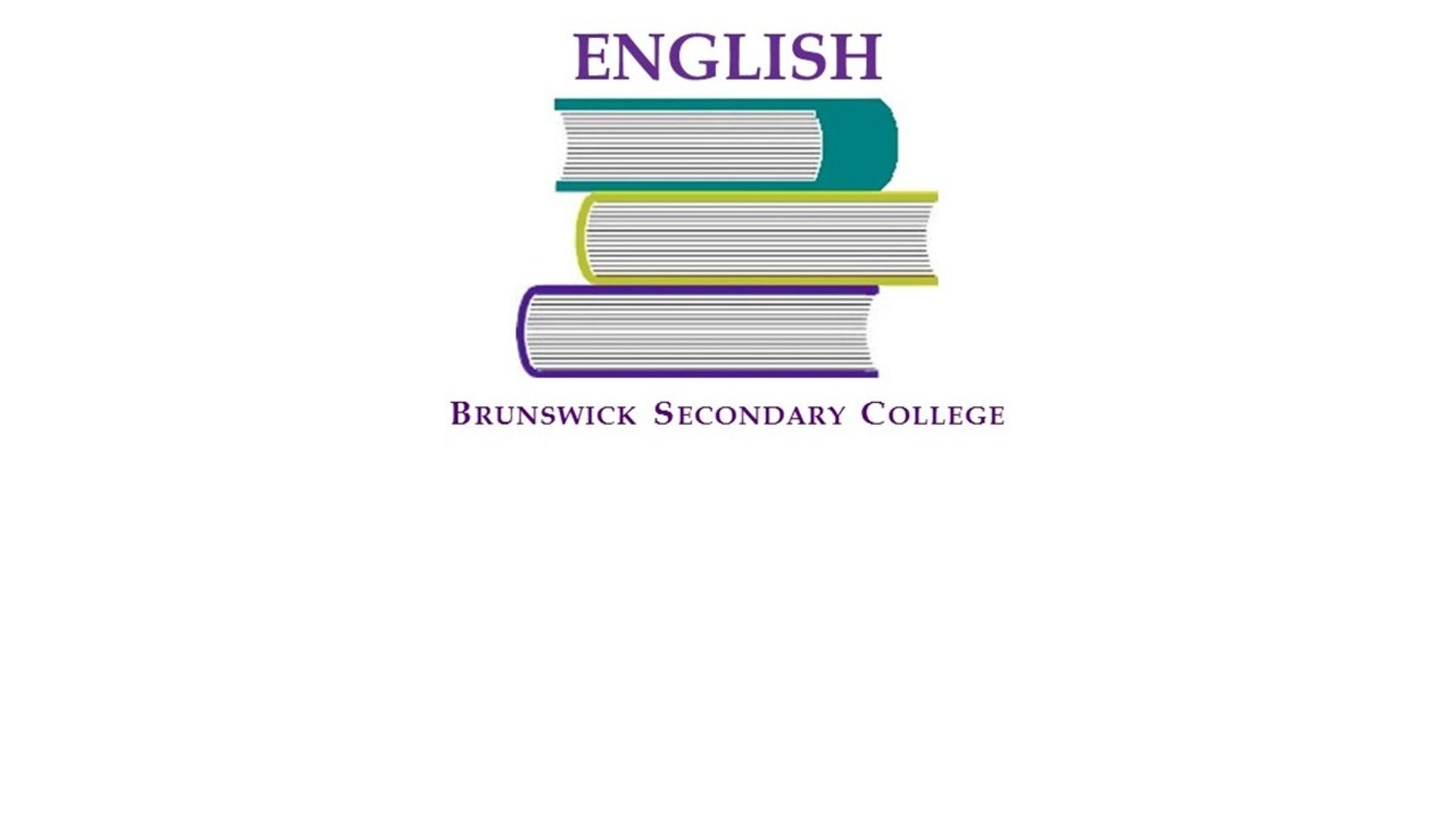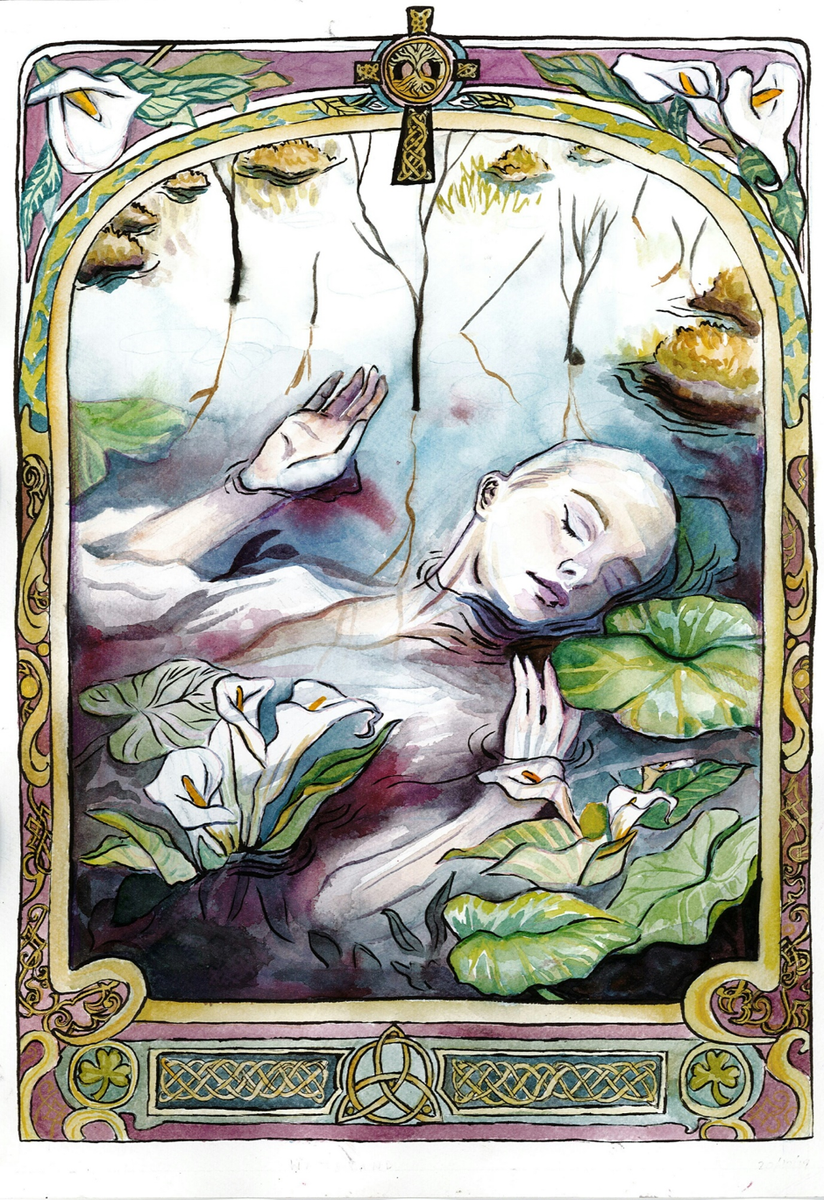english
literature
creative response

english
literature
creative response
At the end of Unit 2 in Literature, students are given the opportunity to respond to a text they have studied with a creative piece. The students studied the poetry of Seamus Heaney in Term 4 2020 and were particularly moved by the beautiful but dark imagery in Poems such as Tollund Man, Limbo, Punishment and The Strand at Lough Beg.
The form of thier response was chosen by the individual student. Some chose to write a poem of their own, while others chose to compose a song or piece of art. The most outstanding responses last year were from Meredith Walker and Alex Stefos. Meredith painted a watercolour image and Alex composed a poem.


Meredith Walker
Year 12
I aimed to create an artwork that was open to interpretation and responded broadly to the themes of Opened Ground, including details and devices from a range of poems. The key ideas explored include Troubles-era punishments compared to Iron Age ritual killings, and societal punishment and how that affects society in general, particularly women. There are many female characters in Heaney’s poetry, such as the bog body in Punishment, the ‘goddess’ alluded to in The Tollund Man, the mother in Limbo, and other personified landscape characters. Through my portrayal of a victim and the setting of a bog, I aimed to explore the long-lasting impacts of punishments (such as those experienced by Heaney’s characters) and the sectarian violence of Ireland on society.


In this piece I tried to include both Celtic, pagan symbols and religious references, as can be seen in Heaney’s poems. For example, the ‘yew trees’ alluded to in The Strand at Lough Beg are a pagan symbol of fertility and can be seen in the Celtic cross in the center of the artwork. I chose to place this cross in the center of the page as it symbolizes the shift from pagan to Christian practices; the cross is commonly seen as Christian, but the pagan elements suggest its secular roots/origins.
The Easter lily (Calla lily) is a symbol I have used throughout the piece, despite it not being mentioned in the poems studied. The lily is worn by Irish republicans to remember the combatants who died during Bloody Sunday in 1916 and is even now seen as a ‘divisive symbol’. It also represents the island of Ireland, as the flower’s colours of green, orange and white suggest. Green represents the ancient Celtic people, orange represents protestant settlers, and white symbolizes the peace between the two groups. The flower itself is a symbol of hope, renewal and regrowth, which pertains to the respectful and hopeful tones of some of Heaney’s poems. The shamrock is another obvious symbol of Ireland and was also adopted by republican militia. The Irish Volunteers used it as a symbol of nationalism, leading to the British Army forbidding its Irish members from wearing it in the 19th century.
Overall, the transparent and flowing medium of watercolour allowed me to reflect the tranquility of the poems, as well as the depicting the actual water. The dark blues and cool reds, particularly in the bottom of the painting, represent the subtly gruesome and dark tones of the poems. At times I felt the poems were more opaque and atmospheric, so I chose to use less saturated colours and fewer harsh outlines further up in the painting. This also gives the illusion of atmospheric perspective and depth, showing the misty setting of a bog or marsh.


Alex Stefos
Year 12
My poem (Reparation) was inspired mainly by Heaney’s poems Punishment and Limbo which both depict inhumane practices that can stem from religious doctrine. Similarly, my poem addresses the inhumane practice of conversion therapy that is still legal in countries like the U.S and is advocated by some fundamental religions. The key message is that LGBTQI+ (particularly gay) people do not deserve to be punished, and that those who send them away to be "fixed" or converted into heterosexuals are punishing them under the fallacious belief that they are going to be punished in the afterlife if they don't. Also, my poem emphasises that the process of conversion therapy is psychologically harmful, and needs to be outlawed.
To read Alex' outstanding and thought-provoking poem, please click on the document below.